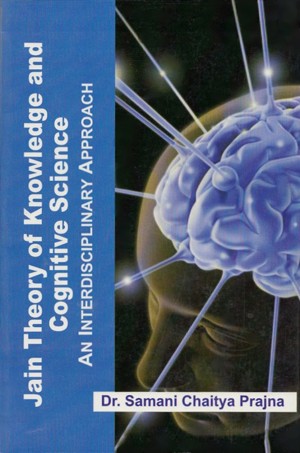Neuroscience also known as neural science is the study of how the nervous system develops, its structure, and what it does. Neuroscientists focus on the brain and its impact on behavior and cognitive functions. Not only is neuroscience concerned with the normal functioning of the nervous system, but also what happens to the nervous system when people have neurological, psychiatric and neuro-developmental disorders.
Neuroscience is often referred to in the plural, as neurosciences. Neuroscience has traditionally been classed as a subdivision of Biology. These days, it is an interdisciplinary science which is related closely with other disciplines, such as mathematics, linguistics, engineering, computer science, chemistry, philosophy, psychology, and medicine.
Many researchers stated that neuroscience means the same as neurobiology. However, neurobiology looks at the biology of the nervous system, while neuroscience refers to anything to do with the nervous system. Neuroscientists are involved in a much wider scope of fields today than before. They study the cellular, functional, evolutionary, computational, molecular, cellular and medical aspects of the nervous system. According to Med lexicon's medical dictionary, Neurosciences are 'the scientific disciplines concerned with the development, structure, function, chemistry, pharmacology, clinical assessment and pathology of the nervous system.'[45]
The study of neuro-physiology unlike to cognitive science has a long history of approximately 2000 years. It gives a consistent and instructive picture of the nature of mind that has not been possible to explore. There have been three stages of development in the research of neuro-physiological field.
The first step towards such investigation was directed towards the verification of the gross structure, metabolism and single stimulus response phenomena. The second is electro-chemical effects. The third step has been to base the study on theoretical models of the nervous system as processor of information.[46]
According to Descartes, animal spirits resemble a very subtle fluid or rather a very pure and lively flame. When the muscles are filled with animal spirit, they swelled in the middle and ends contracted; when emptied they relaxed. This was conducted by the way of nerves and controlled by the pineal gland. The human body is however not an automation as in lower animals but was partially controlled by a one's rational faculty.
By the end of eighteenth century, neuroscience has shown that electricity induced contraction in the muscle as it has existed in it. The theories of electronics and electro-chemical ionization of nerves tried to explain energy propagation.
In the twentieth century, the studies have been based on the various types of neural models under many topics as excitation and conduction through dendrite trees, membrane excitation, pulse processing in single neurons investigation through inhibitory driving of pacemaker, input and output relations in motor neurons, systems defined in terms of functional operators dealing with information processing and control devices, neural subsystems related with conscious attention, language, logic of discourse and analysis of a situation etc.[47]
 Samani Chaitya Pragya
Samani Chaitya Pragya

